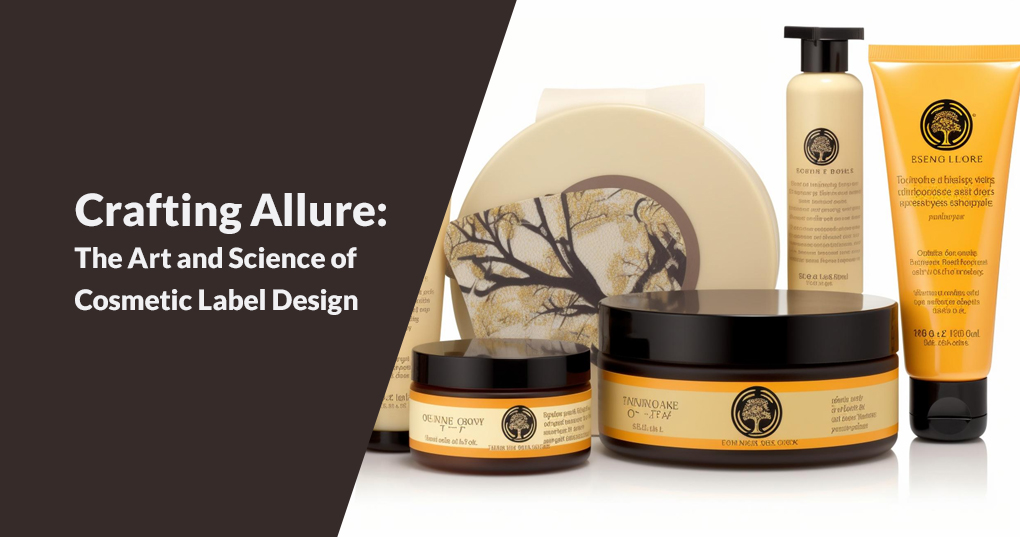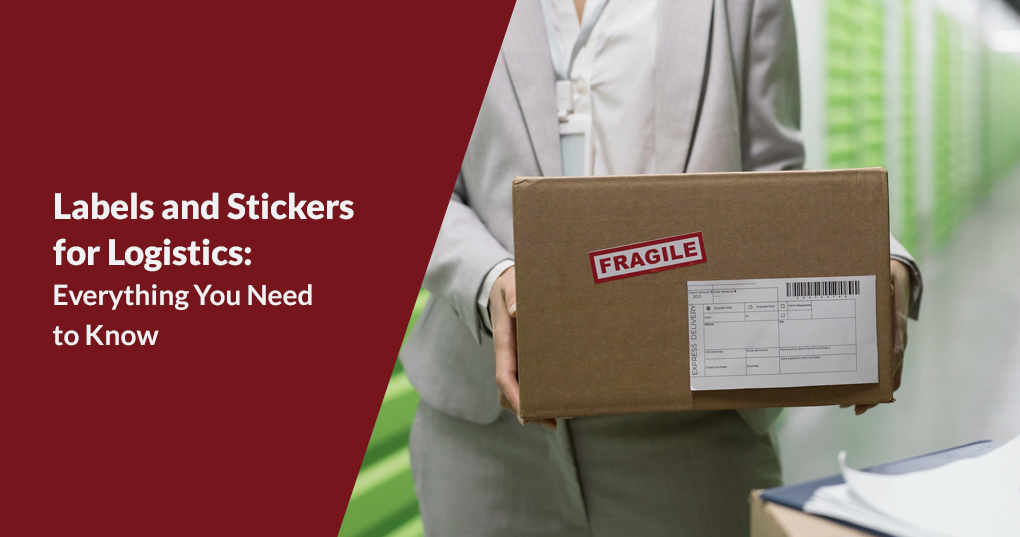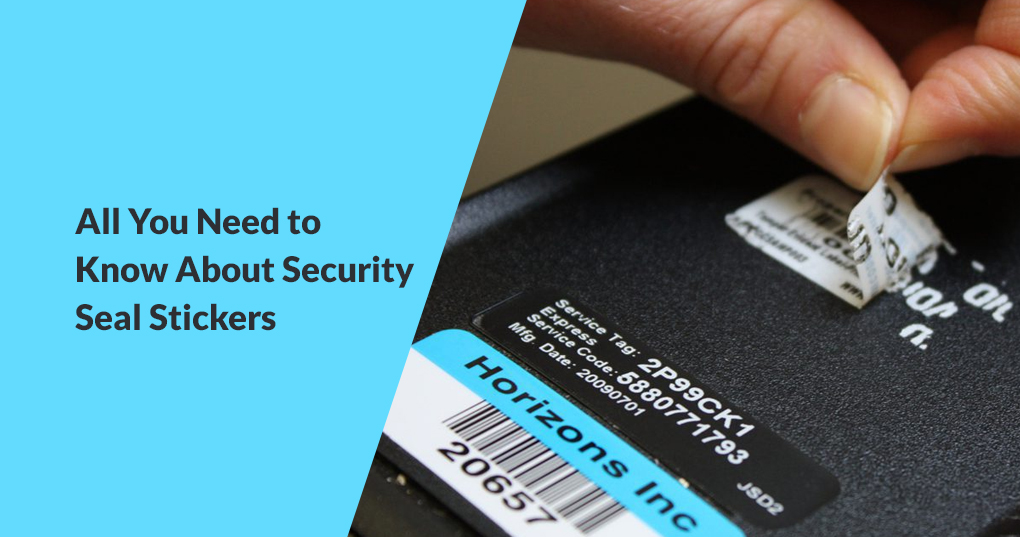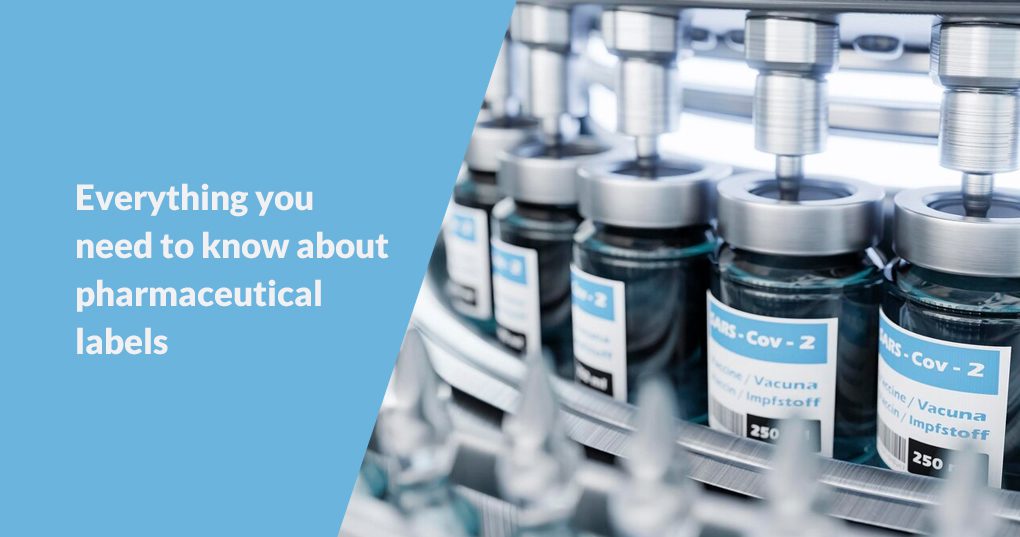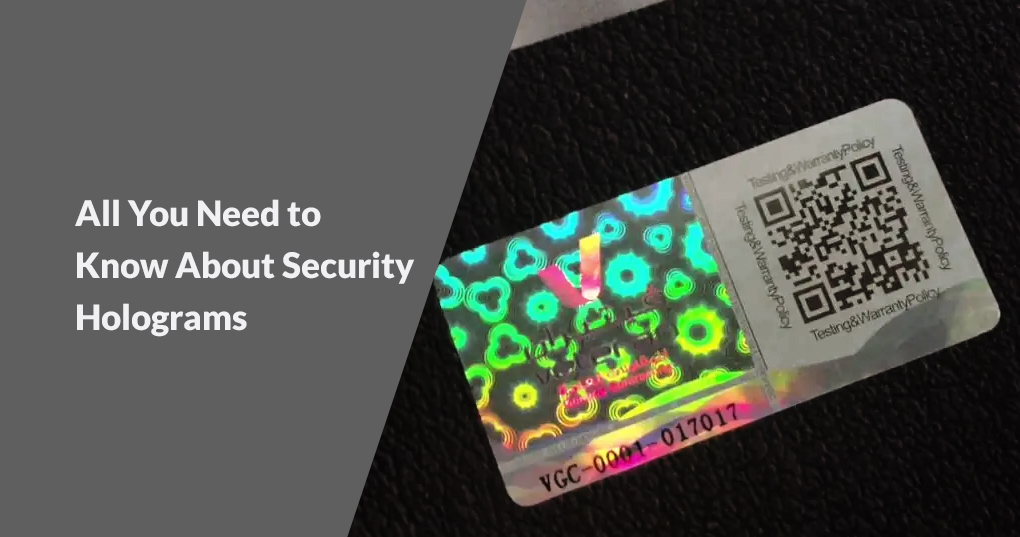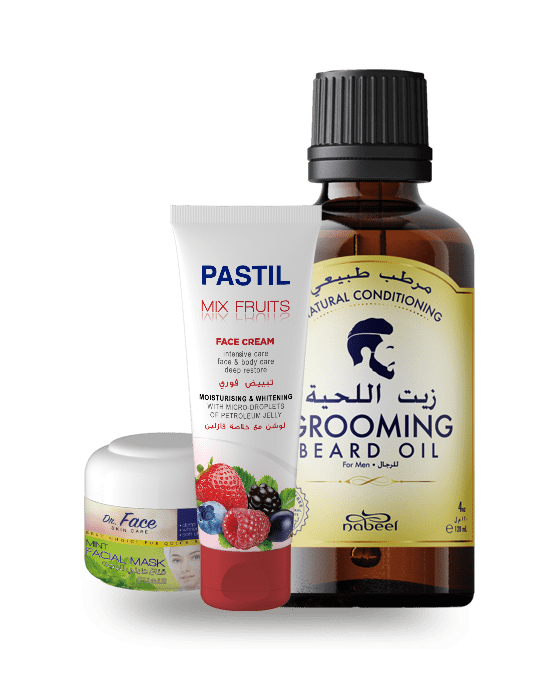Crafting Allure: The Art and Science of Cosmetic Label Design
There is a saying that goes, “You never get a second chance to make a first impression.” This proverb also applies to cosmetic items, and a customer will frequently notice the cosmetic label first. A cosmetic private label manufacturer may communicate a brand’s identity, information about the product, and general style, all while luring potential customers to make a purchase with the correct design components, colours, text, and photography. This complete design guide will delve into the essential aspects of creating captivating and effective cosmetic labels.
Key Elements of Effective Cosmetic Label Design
- Branding Consistency: The label design should align with the overall branding strategy of the company. Consistency in colour palette, typography, and imagery creates a cohesive brand identity that consumers can recognize and trust.
- Clear Typography: Legibility is paramount. The typography should be clear, readable, and appropriate for the brand and product. It’s crucial to choose fonts that reflect the brand’s personality and ensure that important information, such as product name, ingredients, and usage instructions, is easily readable.
- Colours that Pop: Colours play a significant role in evoking emotions and attracting attention. The chosen colour scheme should resonate with the brand’s identity and the product’s intended use. Warm and inviting colours for skincare products, for example, and vibrant and bold hues for makeup items.
- Striking Imagery: High-quality images, whether of the product itself or related visuals, can create a strong visual impact. Images should be relevant, aesthetically pleasing, and enhance the overall design. Product photos that showcase the item’s texture and appearance can be particularly effective.
- Concise Information: While it’s essential to convey essential information, overcrowding the label can lead to confusion. Prioritise the most critical details, such as product name, key ingredients, usage instructions, and brand contact information. Use concise language to maintain clarity.
- Regulatory Compliance: Cosmetics labels are subject to various regulations, including ingredient listing, net weight, and safety warnings. Ensuring compliance with these regulations is not only a legal requirement but also builds consumer trust.
The Detailed Design Process for Cosmetic Labels
Creating an effective cosmetic label involves a comprehensive design process that encompasses research, ideation, collaboration, testing, and finalization. Here’s a detailed breakdown of each step:
- Research and Analysis: The foundation of any successful label design starts with thorough research and analysis. This step involves understanding your target audience, competitive landscape, market trends, and the product’s unique selling points.
- Audience Understanding: Identify your target demographic’s preferences, behaviours, and visual preferences. Consider factors such as age, gender, lifestyle, and buying habits. What design elements would resonate with them?
- Market Trends: Stay updated on current design trends in the cosmetics industry. This includes colour palettes, typography styles, and imagery choices. However, remember to balance trends with your brand’s identity.
- Conceptualization and Brainstorming: Once you clearly understand your audience and the market, it’s time to brainstorm ideas and concepts for your cosmetic label. This phase involves generating creative ideas that align with your brand’s identity and resonate with your target consumers.
- Mood Boards: Create mood boards that gather visual inspiration, colour schemes, typography examples, and imagery. Mood boards help you visualise different design directions and establish a consistent visual theme.
- Sketches and Thumbnails: Begin sketching rough concepts on paper or digitally. Explore various layout options, typography treatments, and placement of key elements. Thumbnails allow you to quickly iterate and refine ideas.
- Collaboration and Feedback: Collaboration is often invaluable during the design process. Whether you’re working with a design team or a label printing company, sharing your ideas and receiving feedback can lead to innovative solutions and ensure feasibility.
- Internal Team Collaboration: If you have a design team, share your concepts and brainstorm together. Different perspectives can lead to fresh ideas and improvements.
- Printer Consultation: If you’re working with a label printing company, consult them about design considerations related to materials, finishes, and printing techniques. Their expertise can help optimise the design for production.
- Digital Mockups and Visualization: After gathering feedback and refining your ideas, it’s time to create digital mockups of your label design. This step involves translating your concepts into a visual representation to understand how the label will appear on the product.
- Digital Tools: Use graphic design software to create high-quality digital mockups. Incorporate the finalised typography, imagery, colours, and layout elements.
- Realistic Rendering: This provides a realistic perspective of how the label will look in its intended environment.
- Testing and Iteration: Before finalising the design, it’s essential to gather feedback from potential consumers and stakeholders. Testing helps identify any issues with readability, comprehension, and overall appeal.
- Focus Groups: Organise focus groups consisting of your target audience. Present your label designs and gather their impressions, preferences, and suggestions. This feedback can highlight areas for improvement.
- Usability Testing: Test the label’s readability and clarity by asking participants to quickly identify key information such as product name, usage instructions, and ingredients. Make adjustments based on the results.
- Regulatory Review: Regulatory compliance is a critical aspect of cosmetic label design. Ensure that your label design adheres to relevant regulations and guidelines imposed by health and safety authorities.
- Ingredient Listing: Accurately list all ingredients, following specific guidelines for font size and placement.
- Safety Warnings: Include necessary safety warnings, allergen information, and usage instructions in a clear and conspicuous manner.
- Finalization and Preparation for Printing: With feedback incorporated and regulatory considerations addressed, you’re ready to finalise the design and prepare it for printing.
- High-Resolution Files: Create high-resolution files in the required formats for printing. Ensure that images, fonts, and colours are accurately represented.
- Proofing: Request print proof from your label printing company to verify that the design translates well to the actual label material and printing process.
Cosmetic labels manufacturing is a laborious procedure that combines testing, teamwork, research, innovation, and compliance. You can make a cosmetic label that not only captivates consumers but also successfully conveys your brand’s identity and product information by following these steps and paying attention to the smallest details. In the cutthroat cosmetics market, labels may influence consumer impressions and influence purchase decisions. Keep in mind that labels are more than simply ornaments.
To read the label tips for cosmetics and beauty products: Click Here
